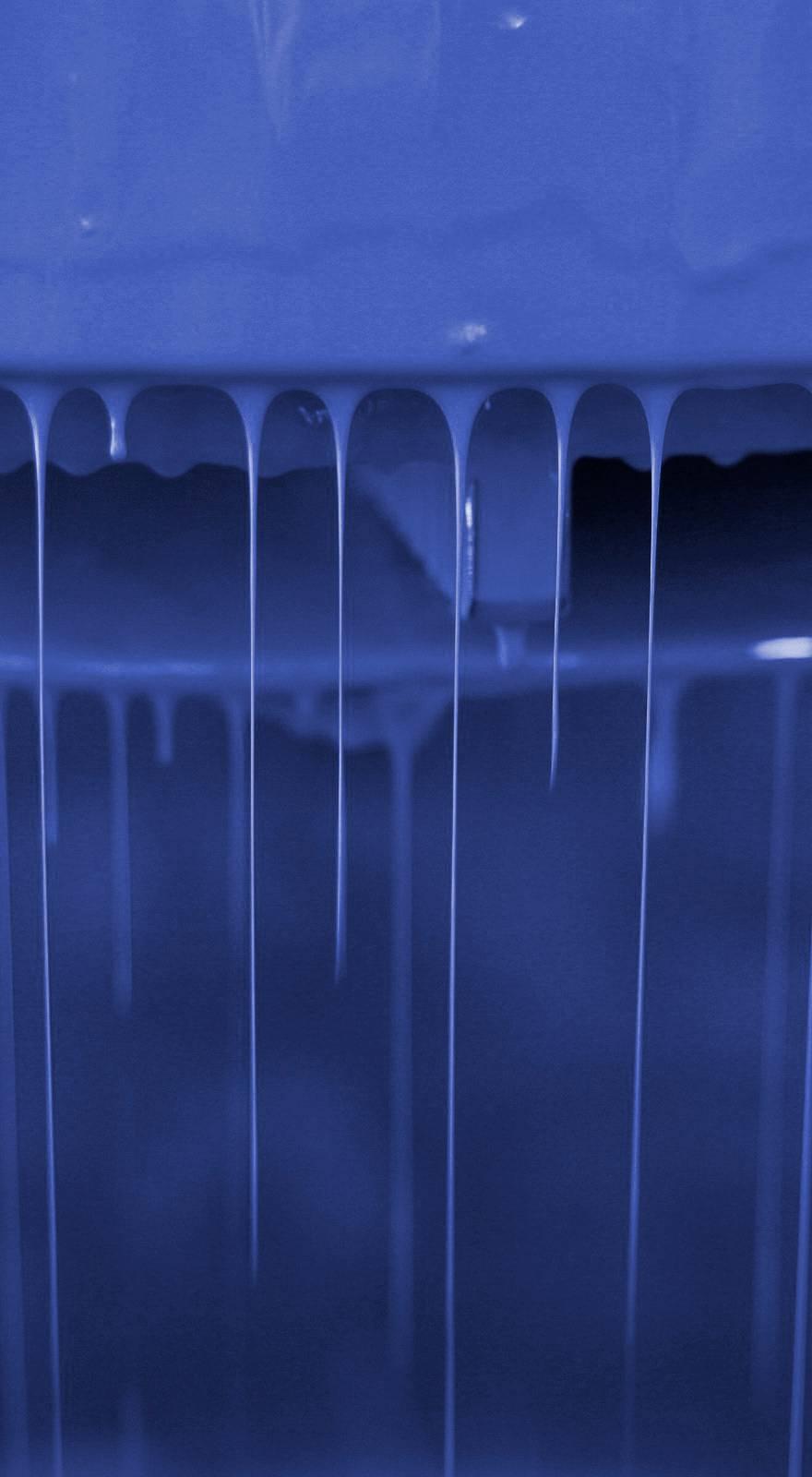Knowde Enhanced TDS
Identification & Functionality
- Chemical Family
- Product Type
- Technologies
- Product Families
Features & Benefits
- Ready-to-Use Product Features
Applications & Uses
- Markets
- Application Area
- Principal Use
As primer for structural steel, storage tanks, vessels and for general maintenance. It may be used as “cold galvanizing” to repair galvanized steel.
- Recommended Application
May be applied by brush or roller, or conventional or airless spray.
- Recommended Thinners
- Wilko No. 1, No.2,. No.10.or No.25.
- Use No.1 or No.25 for cool weather (60-70 F) and use No. 2 at 70-90°F.
- For temperatures above 90°F, use No. 10 to avoid dry overspray.
- Do not add more than 2 ounces of thinner per gallon of primer to keep VOC at 3.5lbs/gal or less.
- Do not add more than 15 ounces of thinner per gal of primer to keep VOC at the AIM limit of 3.8 lbs/gal for industrial maintenance finishes.
- Recommended Topcoats
Wilko 460 - series alkyd enamels or 820 - series silicone alkyd enamels or 369.01 Phenolic Aluminum.
- Clean Up Thinner
No. 10 or Xylol
- Surface Preparation
- Surface must be clean and dry, free from oil, grease, wax or any other contaminants.
- For maximum protection of steel surfaces, dry abrasive blast to a Commercial Blast Finish in accordance with SSPC-SP6-63.
- Apply primer prior to development of any surface rust.
- Application Equipment
- Mix contents until homogenous, then thin as needed.
Conventional Spray:
- Apply with industrial equipment, such Binks Model 62 or 2001 Gun with a fluid tip of 63 - 66 and air cap of 63PR for pressure fed, to 66SK for siphon fed, guns.
- For pressure fed setup, regulate the tank pressure at 5-10 psi.
- Atomization pressure should be maintained at 65-75psi.
- A moisture and oil trap in the main air supply line is required.
Airless Spray:
- Use a high output airless equipment, such as Graco Bulldog Hydra-Spray or larger, with a .011 - .017 inch fluid tip and tip pressure of 2400 psi.
Brush or Roller:
- Use high quality roller covers and brushes to obtain a smooth finish and minimize lap marks.
- If necessary for flow, thin with No. 10 thinner; do not overthin to avoid sagging.
- For best results, use at temperature of 65 F or above.
- Do not apply when surface or ambient temperature is anticipated to drop below 50 F in 24 hours.
- Do not apply to damp surfaces, and surface temperature must be 5 F above the dew point for 24 hours to prevent moisture condensation, which might result in water spotting and poor film integrity.
Properties
- Color
- Typical Properties
| Value | Units | Test Method / Conditions | |
| Coverage (1mil DFT, Practical) | 630.0 | square feet per gallon | - |
| Coverage (1mil DFT, Theoretical) | 788.0 | square feet per gallon | - |
| Drying Time (77°F, To Handle) | 2 - 4 | hours | - |
| Drying Time (77°F, To Recoat) | 1 - 16 | hours | - |
| Drying Time (77°F, To Touch) | 30 - 60 | minutes | - |
| Flash Point (TCC) | 103.0 | °F | - |
| Recommended DFT Per Coat | 1.5 - 3 | mils | - |
| Solids by Volume | 48.1 - 50.1 | % | - |
| Temperature Resistance (Dry, Continuous) | 200.0 | °F | - |
| VOC | 3.45 | lbs/gal | - |
| Weight Per Gallon | 19 - 20 | lbs | - |
Safety & Health
- First Aid
- If inhaled, remove to fresh air.
- If not breathing, administer artificial respiration.
- In case of any contact with eyes, flush with plenty of water for 15 minutes.
- Secure medical attention in all cases of exposure.
- Precautions
- Not intended for general consumer use.
- This product is flammable and can cause skin and eye irritations.
- Keep away from sparks, heat and open flames.
- Avoid contact with eyes, skin and clothing.
- Use with adequate ventilation or wear an air-supplied mask to avoid breathing concentrated vapors in enclosed areas.
- Keep the container closed.

